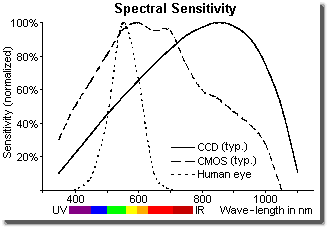Calzone
Gear Whore #1
Photon counting devices (a.k.a. sensors) can't have a 'mid range'.
A photon is either counted (its energy is converted to electrical charge) or it isn't. When the shutter is open the data collection process is precisely linear.
By contrast, camera data streams (everything that happens to the DC voltage signals emitted by the sensor after the shutter closes) can be non-linear.
In fact different brands, and even different models with in a brand, will have different non-linear responses.
CCD sensor technologies may or may not generate the aesthetically pleasing midrange rendering enjoyed by M9 owners.
Willie,
Thanks for this post. The midrange that I get on my Monochrom is not generic. Thanks for the understanding.
Cal


